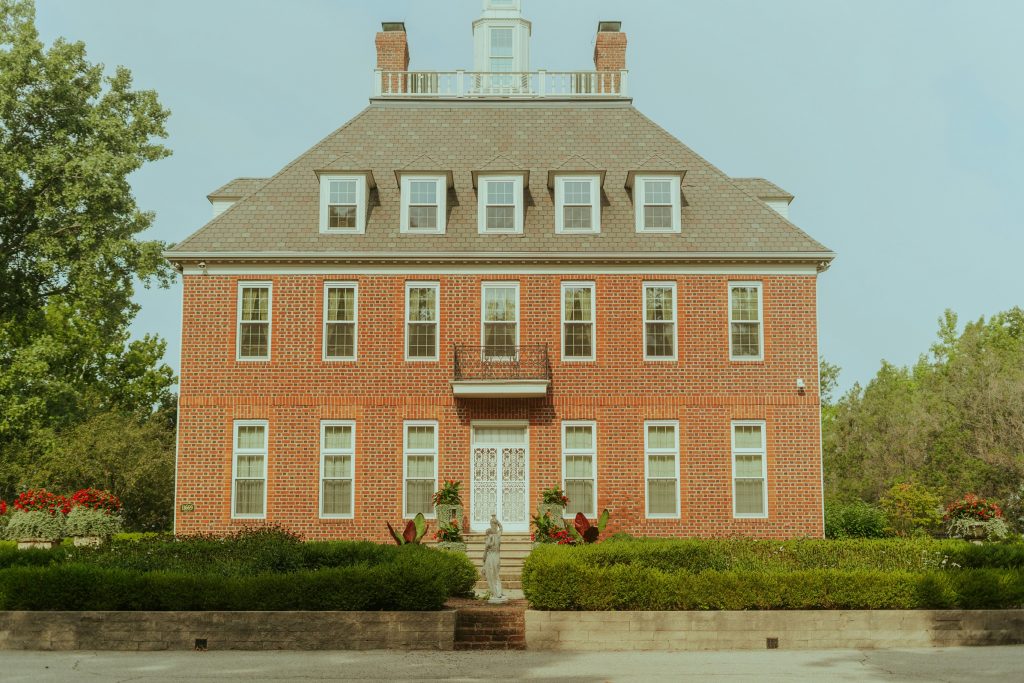There’s a unique charm to residing in a historic property—the intricate moldings, timeless architecture, and the stories embedded within its walls. In the United States, approximately 12.3% of homes were built before 1940, offering a glimpse into the nation’s rich architectural heritage.
Old properties typically come with their own quirks, which you learn to recognize over time.
However, with this charm often comes a symphony of sounds—creaks, whispers, and notably, water noises that seem to have a language of their own. While some of these auditory quirks add character, others may be subtle indicators of underlying plumbing issues. Tuning into these sounds can be the key to addressing minor concerns before they escalate into costly repairs. Let’s explore the common water-related noises in older homes and decipher what your venerable residence might be trying to communicate.
Banging: When Pipes Make a Scene
A sudden, sharp banging echoing through your halls can be jarring. This phenomenon, known as “water hammer,” occurs when water flow is abruptly halted by a closing valve, causing a shockwave that rattles the pipes. In historic homes, this can be exacerbated by aging plumbing systems or unsecured pipes.
Persistent pipe banging isn’t merely an auditory nuisance; it can lead to loosened joints or even pipe damage over time. If you’re hearing consistent pipe banging, it’s advisable to investigate promptly. Solutions may include installing pressure-reducing valves, adding air chambers, or securing loose pipes to mitigate the issue and preserve the integrity of your home’s plumbing.
Dripping: A Small Sound with Big Implications
The rhythmic sound of dripping water, though subtle, can be a harbinger of larger issues. Common culprits include worn-out washers in faucets or pressure release mechanisms in boilers designed to manage system pressure.
While a dripping faucet might seem trivial, it can waste significant amounts of water over time and inflate utility bills. Addressing such leaks often involves simple fixes like replacing washers or tightening connections. However, if the dripping originates from a boiler or involves pressure systems, it’s prudent to consult a professional to ensure safety and proper resolution.
Flowing: When Water Runs… But It Shouldn’t
A continuous flowing sound, especially when no water is being used, often points to a toilet with a malfunctioning fill valve or flapper. In older residences, these components may degrade, causing the toilet to run incessantly as it attempts to refill.
This not only leads to water wastage but can also strain your home’s plumbing system. Replacing the faulty fill valve or flapper is typically a straightforward fix. However, if the problem persists, seeking professional assistance ensures that underlying issues are adequately addressed, safeguarding your home’s water efficiency.
Water Line Whispers: The Sound of a Bigger Problem
Faint hissing or bubbling sounds, particularly when no fixtures are in use, can be indicative of a compromised main water line. Such noises may result from pressure drops or turbulence caused by leaks or tears in the pipe. In historic properties, factors like corrosion, ground shifts, or invasive tree roots can exacerbate these vulnerabilities.
Left unattended, these subtle auditory cues can precede more evident problems like reduced water pressure, discolored water, or even structural damage due to moisture intrusion. Addressing these signs promptly is crucial. Engaging professionals for water line repair ensures that the issue is accurately diagnosed and remedied, preserving the integrity of your cherished home.
Gurgling: The Plumbing’s Cry for Help
Gurgling emanating from sinks, tubs, or toilets often signals venting issues or partial blockages within the plumbing system. This sound arises when air struggles to navigate through the pipes, often due to obstructions or inadequate venting—a common concern in older homes with antiquated plumbing designs.
Addressing gurgling noises may involve clearing vents, inspecting P-traps, or consulting with a plumber to assess and rectify the underlying cause. Ensuring proper venting not only alleviates the unsettling sounds but also enhances the overall efficiency and longevity of your home’s plumbing infrastructure.
A Home That Sounds as Good as It Looks
The allure of a historic home lies in its character, elegance, and timeless beauty. Yet, attending to the subtle sounds within its walls is paramount to maintaining its grandeur. By attuning yourself to these auditory signals and acting proactively, you ensure that your residence remains not only visually captivating but also structurally sound and harmonious.
Don’t assume that each sound you hear is an issue that needs addressing. Embrace the whispers of your home—they are the echoes of its storied past and the guideposts to its enduring future.

